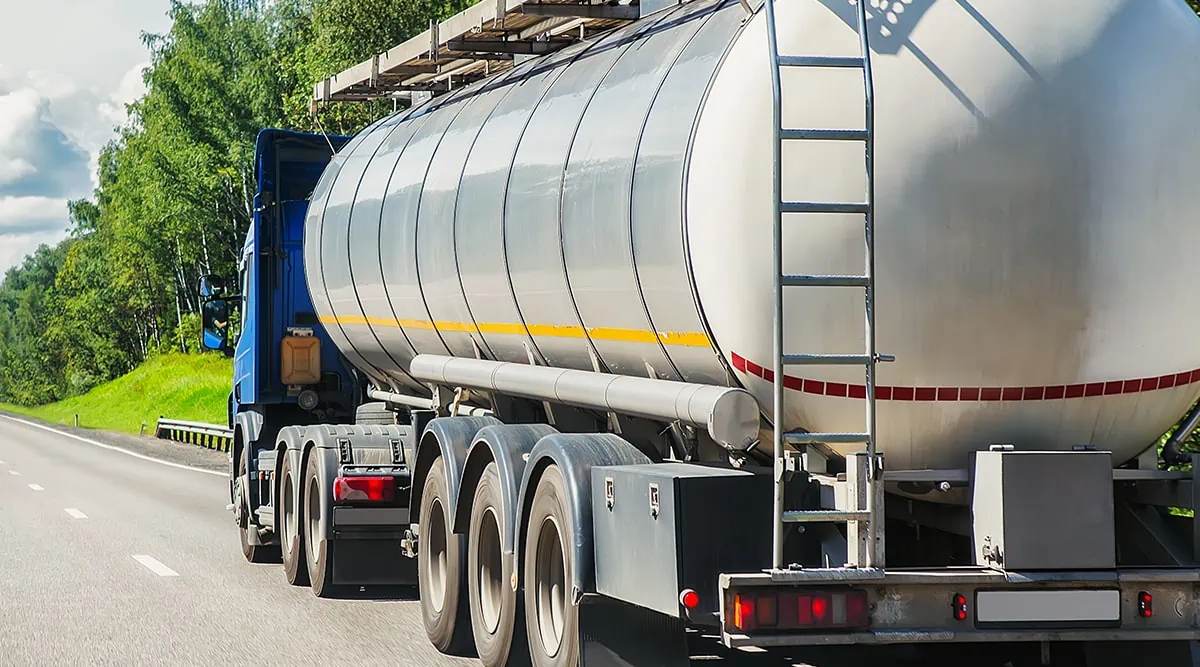The Only Guide to Reclaim Waste
The Only Guide to Reclaim Waste
Blog Article
About Reclaim Waste
Table of ContentsGetting My Reclaim Waste To WorkExamine This Report about Reclaim WasteGetting The Reclaim Waste To WorkExamine This Report on Reclaim WasteThe Definitive Guide to Reclaim Waste
Explore the types, incidents, and types of fluid waste. Residential sewer waste describes the waste and items from a residential sewage-disposal tank. This kind of waste is developed by human beings in homes, colleges, and other buildings. This only consists of septic systems that have a drain field. The correct monitoring and disposal of residential sewer waste call for fluid waste to be transferred to a sewer treatment plant where the proper approaches and equipment are related to purify and throw away waste.
Industrial waste commonly consists of prospective threats, such as combustible products or a mix of fluid and solid waste products, and needs an advanced and thorough disposal procedure. The disposal of industrial waste usually includes the filtration of waste before transport to guarantee secure and correct disposal. Industrial waste is developed from by-products and runoff of commercial procedures and production.
This type of waste can not utilize the very same sewage management transport or processes as septic or industrial liquids. The industrial waste administration procedure needs the evaluation and screening of fluid waste before it undergoes the disposal process (liquid waste disposal). Overflow waste is the liquid waste that comes from drainage and excess stormwater in extremely populated areas or cities
Drainage waste can trigger contamination and flooding if not taken care of effectively. Making certain correct waste administration can avoid catastrophes and lower environmental injury.
The Ultimate Guide To Reclaim Waste
Contact PROS Providers today to find out about our waste monitoring and disposal solutions and the proper means to look after the liquid waste you create.
(https://zenwriting.net/reclaimwaste1/innovative-industrial-wastewater-treatment-solutions-by-reclaim-waste)Do you know what occurs to your water when you end, flush the commode or drain the washing equipment? No? Well, it deserves knowing. This so-called 'wastewater' is not only a vital source yet, after treatment, will certainly be launched to our land, rivers or the sea. Utilized water from commodes, showers, baths, cooking area sinks, washings and commercial procedures is understood as wastewater.

water utilized to cool down equipment or clean plant and devices). Stormwater, a form of wastewater, is drainage that flows from agricultural and city locations such as roofs, parks, gardens, roads, paths and rain gutters into stormwater drains, after rainfall. Stormwater streams untreated directly to regional creeks or rivers, eventually getting to the ocean.
The Ultimate Guide To Reclaim Waste
In Queensland, the majority of wastewater is dealt with at sewer therapy plants. Wastewater is delivered from domestic or industrial sites with a system of sewers and pump stations, called sewerage reticulation, to a sewer treatment plant. Local federal governments develop, maintain and run most sewer treatment plants. Operators are certified under the Environmental Management Act 1994 to discharge treated wastewater at an acceptable ecological requirement right into waterways.
The Department of Natural Resources recommends city governments about handling, operating and keeping sewerage systems and therapy plants. In unsewered locations, neighborhood governments might require homeowners to install private or home sewage treatment systems to treat residential wastewater from commodes, cooking areas, restrooms and washings. The Department of Natural Resources authorises the use of home systems when they are shown to be effective.
Most stormwater receives no treatment. In some brand-new subdivisions, treatment of some stormwater to eliminate litter, sand and crushed rock has actually begun utilizing gross pollutant traps. Wastewater therapy happens in 4 phases: Removes solid matter. Bigger solids, such as plastics and other things mistakenly released to drains, are removed when check wastewater is travelled through displays.
Wastewater after that streams right into large tanks where solids clear up and are removed as sludge. Oil and residue are skimmed from the surface area. Uses small living organisms called micro-organisms to break down and remove staying dissolved wastes and great fragments. Micro-organisms and wastes are included in the sludge. Eliminates nitrogen and phosphorus nutrients that can cause algal blooms in our rivers and threaten marine life.
See This Report about Reclaim Waste
Nutrient elimination is not available at all sewer therapy plants since it needs pricey specialized tools. Clear liquid effluent produced after treatment might still have disease-causing micro-organisms - liquid waste disposal.

A lot of wastewater streams right into the sewerage system. Under the Act, regional governments provide authorizations and licences for eco pertinent tasks (Ages) including wastewater releases that may have a neighborhood effect.
Everything about Reclaim Waste
Otherwise, samples are taken for research laboratory analysis. Usually several tests are required to establish the levels of each of the various contaminants such as oils, heavy steels and chemicals in water. Tracking supplies factual info regarding water quality and can verify that permit problems are being satisfied. The details acquired with monitoring gives the basis for making water quality decisions.
Report this page